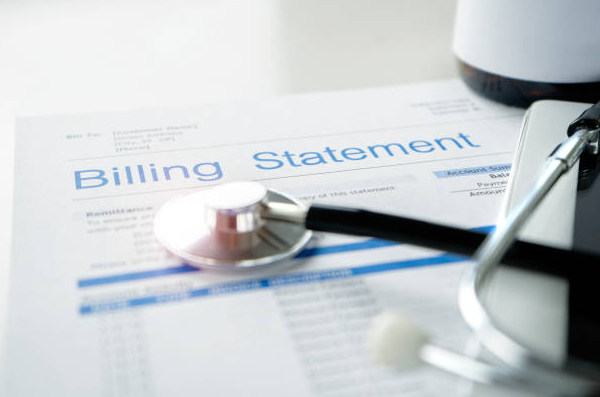
Dealing with denied medical claims can be frustrating and time-consuming. The world of Medical billing is complex, but with some knowledge and strategic planning, it is possible to navigate through the maze and maximize reimbursements. In this guide, we will demystify denials, explore the common reasons behind them, and discuss effective strategies to appeal and succeed in the process.
Common Reasons for Medical Claim Denials
- Incorrect Patient Information: Typos and errors in the patient’s name, date of birth, or insurance ID number can lead to claim denials.
- Invalid Codes: Incorrect or outdated diagnostic or procedural codes can result in a denied claim.
- Insufficient Documentation: A claim can be denied if the documentation provided does not adequately support the medical necessity or the level of service rendered.
- Duplicate Claims: Submitting multiple claims for the same service or procedure will typically result in a denial.
- Untimely Filing: When a claim is submitted beyond the payer’s window for timely filing, it can lead to a denial.
- Coordination of Benefits: Payers may deny a claim if they believe another insurance plan should be the primary payer.
Steps to Avoid Denied Claims
Prevention is better than cure, and this old adage holds true for medical billing. To reduce the chances of denials, always double-check patient information before submission, ensuring accuracy and reducing the possibility of administrative errors. Utilize resources like the NPI Registry to confirm provider information for claims. Try to stay up-to-date with coding changes. Regularly review and update your coding knowledge to avoid using outdated or incorrect codes. Participate in training sessions and keep abreast of industry updates. Thoroughly document all aspects of patient care and treatment to support the medical necessity of your claim. Create a system for tracking and ensuring timely filing of claims and appeals, reducing the chances of untimely submission. Regularly review individual payer guidelines to understand the specific requirements of each payer and avoid unnecessary denials.
Analyzing and Education
Identifying trends and patterns in denials can help address systemic issues in the billing process. To effectively analyze and track denials, categorize denials based on their reason and payer, allowing for more efficient identification of recurring issues. Regularly evaluate your practice’s denial rates to assess the effectiveness of your denial prevention strategies. Establish benchmarks for denial rates and set achievable goals for improvement, monitoring your progress over time.
Investing in ongoing training and education for your billing staff is essential to avoiding denials and boosting your practice’s revenue. Encourage staff members to stay up-to-date with industry changes, billing regulations, and payer guidelines. Providing regular in-house training sessions and opportunities for professional development will help ensure that your team has the skills and knowledge needed to handle denials effectively.
Communication and Technology
Developing a strong working relationship with payers can help avoid unnecessary denials and facilitate the appeals process. Maintain open communication lines, providing payers with clear, accurate, and relevant information. Be proactive in addressing any questions or concerns they may have, and work collaboratively to resolve issues as they arise.
Embracing technology can help streamline the medical billing process and reduce the likelihood of denials. Employ electronic health record (EHR) systems, practice management software, and automated claims management solutions to increase accuracy and efficiency. These tools can help identify potential issues before claims submission and assist your team in tracking trends and patterns in denials, allowing for more proactive improvements to your practice’s billing processes.
The Appeal Process
If a claim is denied, it’s essential to understand the payer’s appeal process. The general steps include:
- Reviewing the Explanation of Benefits: Carefully review the denial reason and all relevant documentation.
- Determining Eligibility for Appeal: Verify that the denial is eligible for an appeal, based on payer guidelines.
- Preparing the Appeal: Gather all necessary documentation and write a clear, concise, and well-organized appeal letter.
- Submitting the Appeal: Ensure the appeal is submitted within the payer’s specified time frame.
- Follow Up: Regularly check the status of the appeal and be prepared to provide additional information if requested by the payer.
Conclusion
Demystifying denials in the world of medical billing requires a combination of prevention, analysis, and persistence. By understanding common denial reasons and implementing strategies to avoid future denials, medical practices can maximize reimbursements and improve their revenue cycle. Stay proactive, informed, and organized to conquer the challenges of medical billing and maintain a healthy practice.







